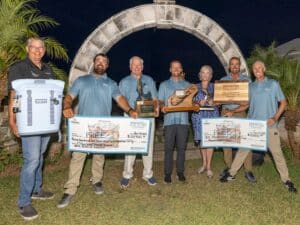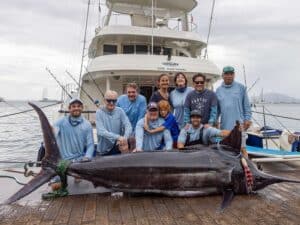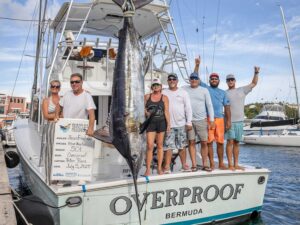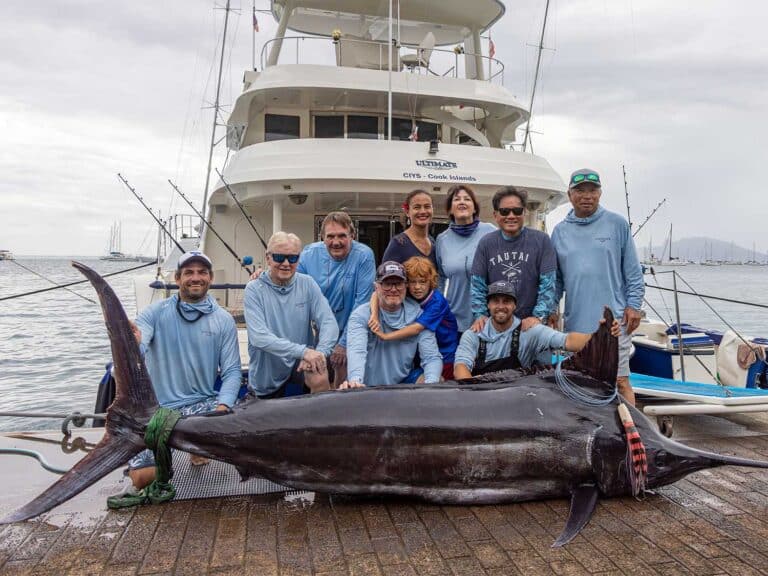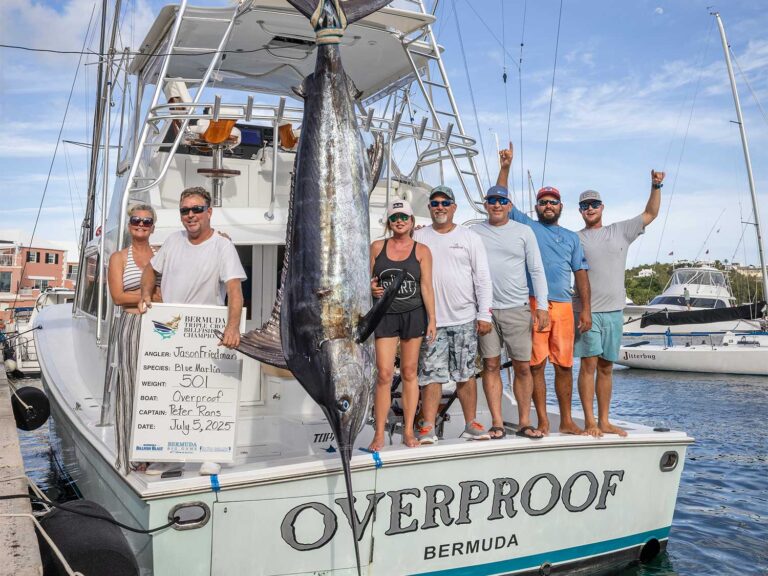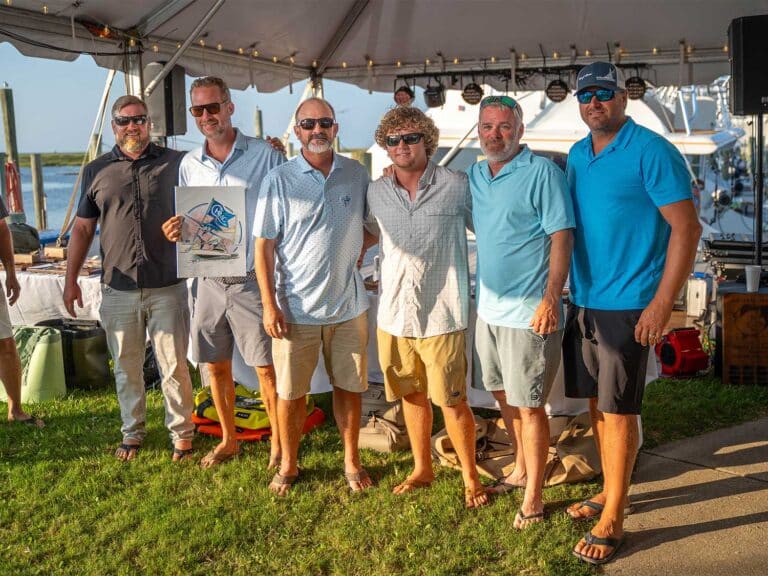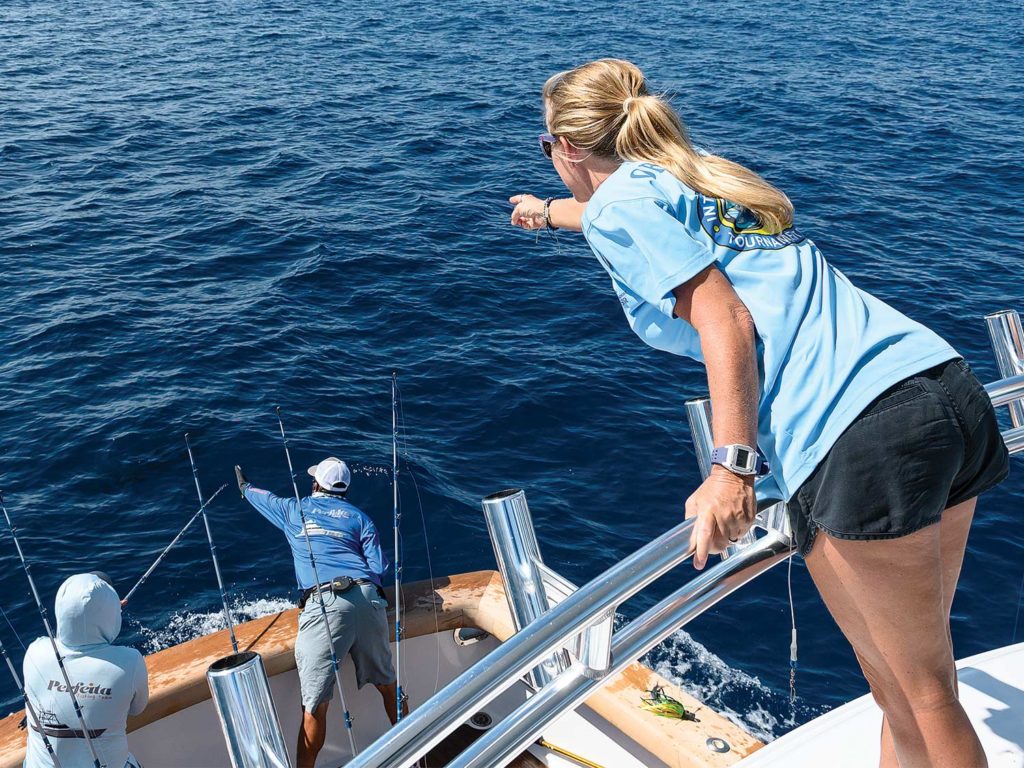
• Ask anyone who’s ever held a video camera in a high-stakes billfish tournament, tasked with verifying a legal release, and they’ll say it’s the most stressful job on the boat. Aside from filming all the necessary requirements and the species identification, there is always the looming specter of equipment failure, an incorrect time/date stamp or other unforeseen malfunction that can disqualify a perfectly good release. That’s just one of many reasons why observers play such a key role in tournament fishing.
From the Start
In 1999, the IGFA began a training program to certify observers. Candidates were educated on the specifics of IGFA rules, as well as species identification and boat etiquette, then given a pass/fail test at the end of the course in order to receive the designation of IGFA-certified observer. A few years later, the IGFA modified the program and eliminated the testing requirement. Soon, there were over 1,000 observers in the database.
Watch: Fishing the El Salvador International Billfish Tournament.
Recognizing a disparity in the actual levels of experience and education in the observer program, the International Game Fish Tournament Observer organization was formed in 2009 in an effort to attract observers with verifiable experience in billfishing, as well as a solid grasp of species identification, proven tournament experience and knowledge of general seamanship. Initially, there were 15 charter members—all of whom had been involved in the original IGFA COP program—and three founding directors: Bob Malerba, John Treat and Terry O’Neill. The charter members had an average of over 30 years of big-game and tournament fishing experience. The group received IRS-approved nonprofit status three years later, and also introduced an insurance program to protect tournament directors and boat owners from potential liability risks incurred by IGFTO observers.
The Training Evolves
In 2017, the IGFA discontinued the educational observer program and, in an informal agreement with IGFTO, allowed the organization to take the reins of the observer training. Under the IGFTO’s guidance, the program expanded to include not only IGFA rules and species ID, but also an adherence to the observer responsibilities, protocol and best practices set up by IGFTO.
Today, there are an average of four IGFTO observer training classes each year in US and international locations, with approximately 200 active observers in the group’s database. Collectively, they’ve certified nearly 45,500 billfish releases, and have participated in over 100 tournaments spanning from South Florida to the Caribbean, Central America and elsewhere. The membership continues to experience double-digit growth each year, thanks to its outreach and advocacy among tournament participants.
Read more about tournament fishing in Hawaii.
One thing IGFTO observers do not do is disqualify a catch. If a possible infraction is witnessed, they explain it to the captain, and then they report what they’ve seen to the tournament director for interpretation and a final decision. Observers also counsel anglers and crews on how to avoid possible tournament rule violations before they occur. And while some events offset the costs of travel, meals or lodging, the observers pay their own travel expenses out of pocket.
So the next time you see an IGFTO-trained observer in their characteristic blue shirt at a tournament venue, be sure to thank them for attending. Otherwise, you might find yourself with a video camera in hand, fingers crossed, and hoping everything works as it should.
